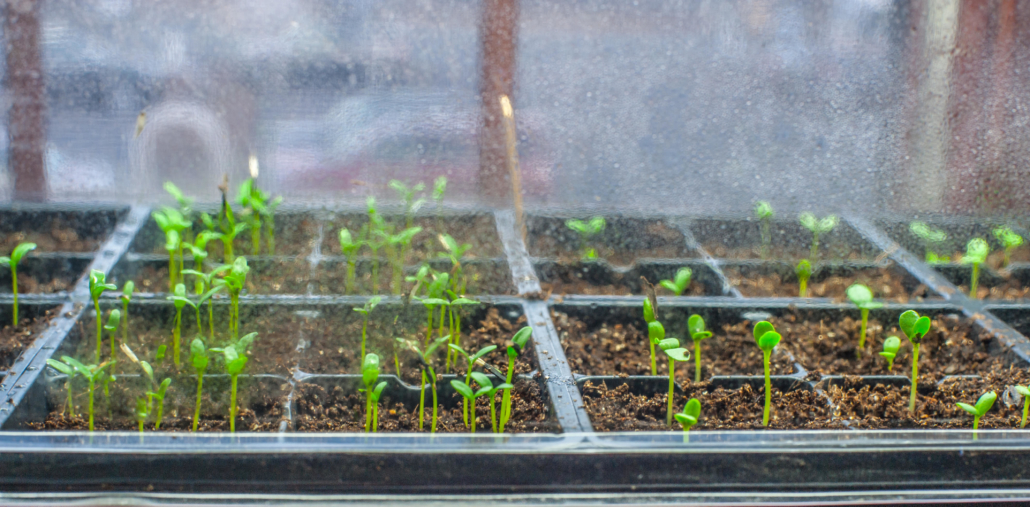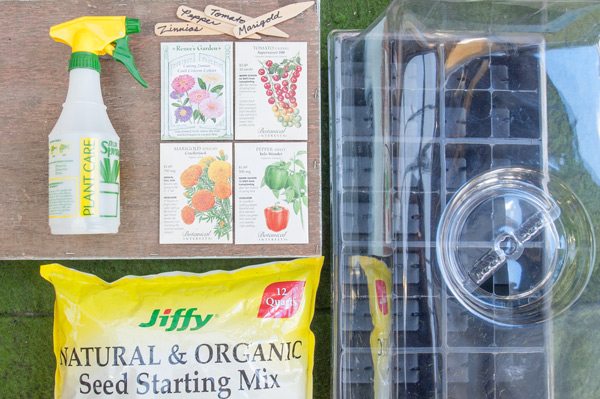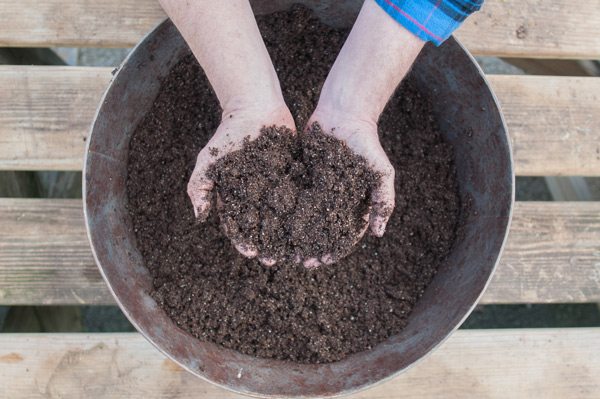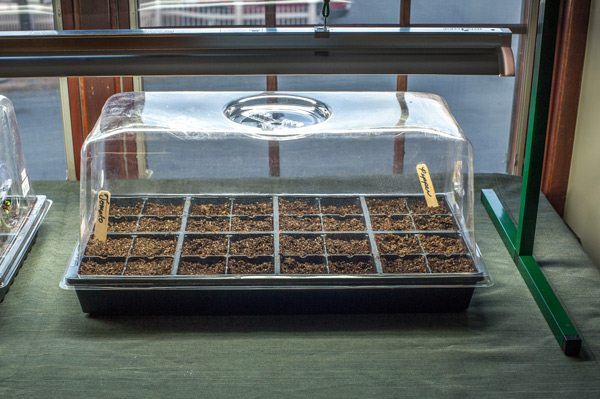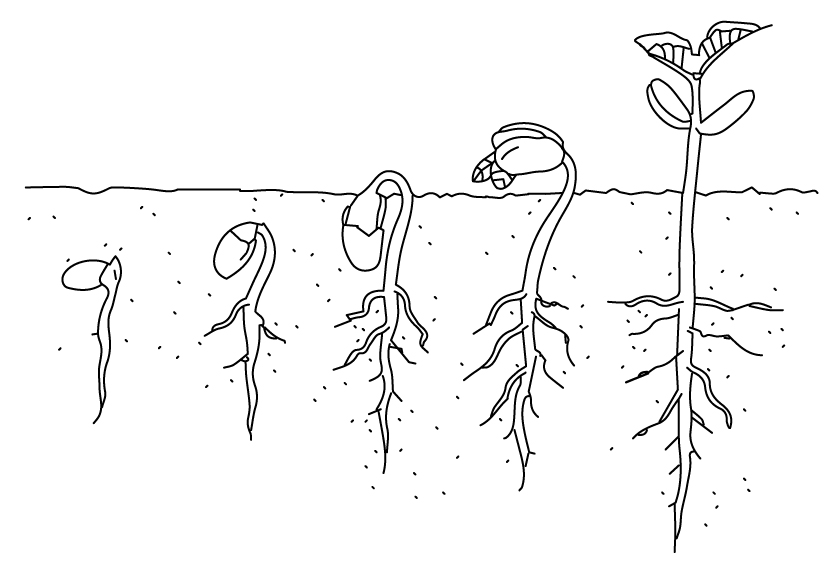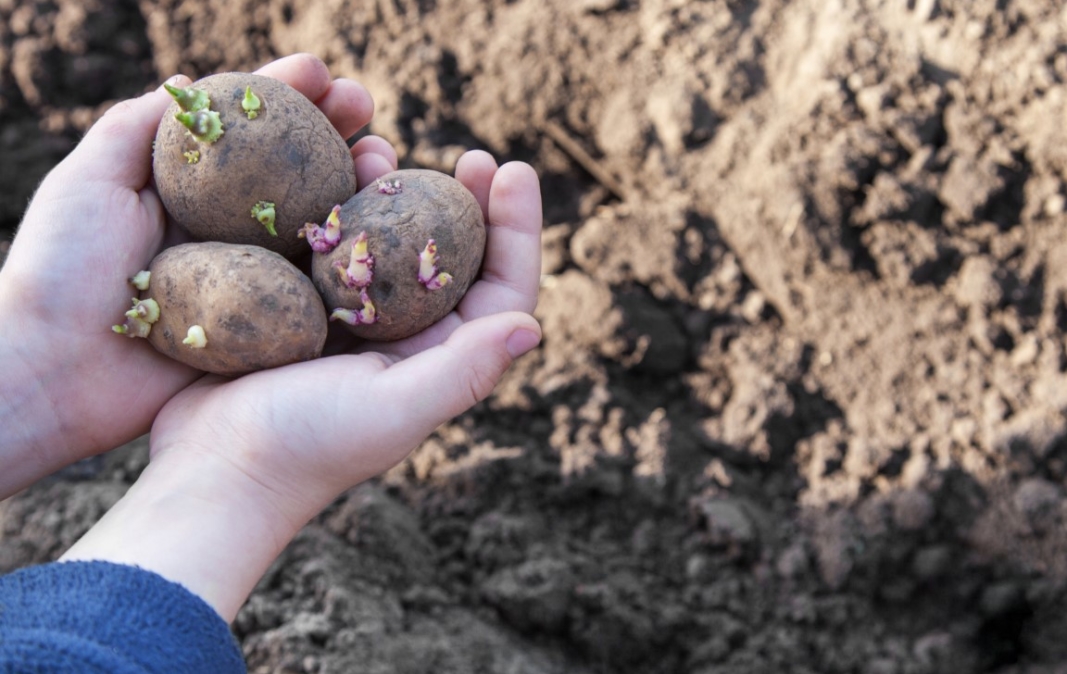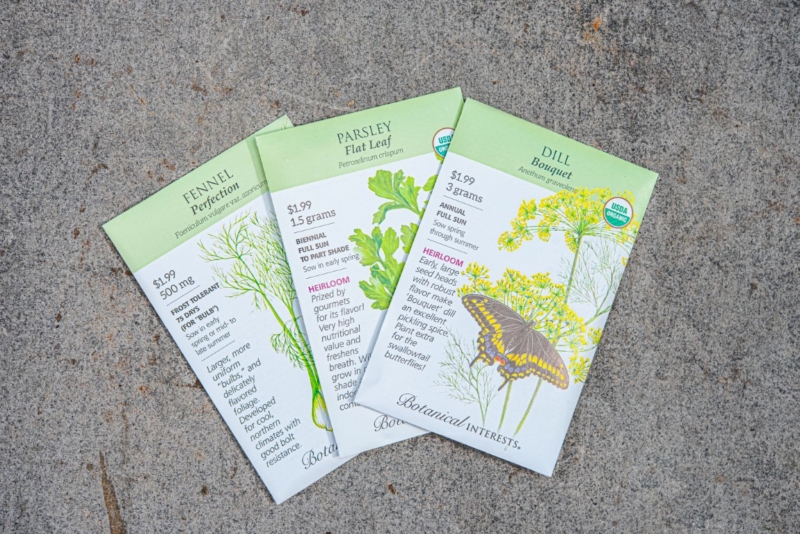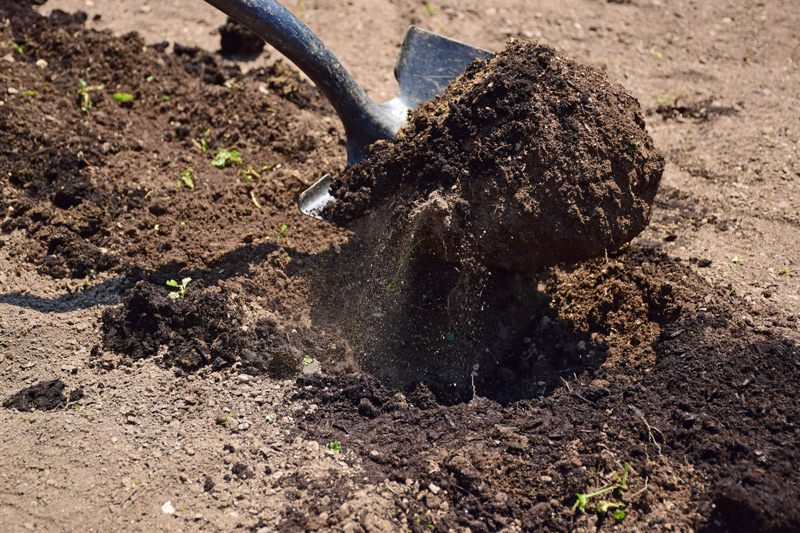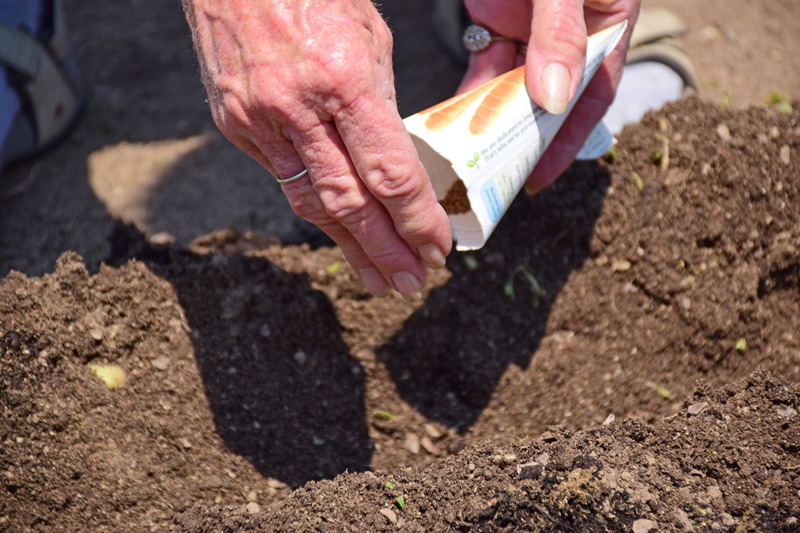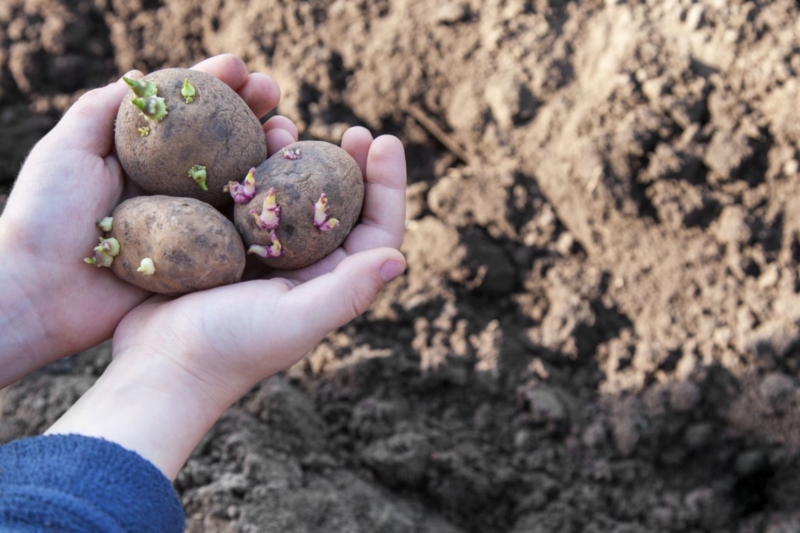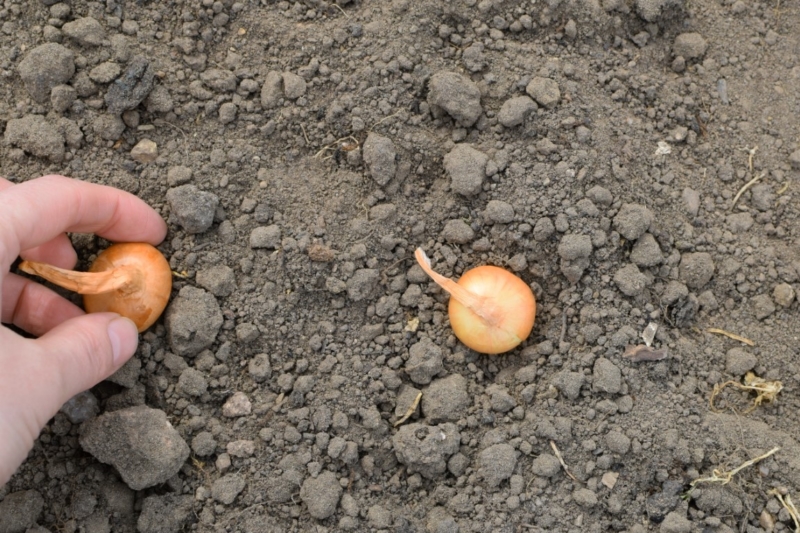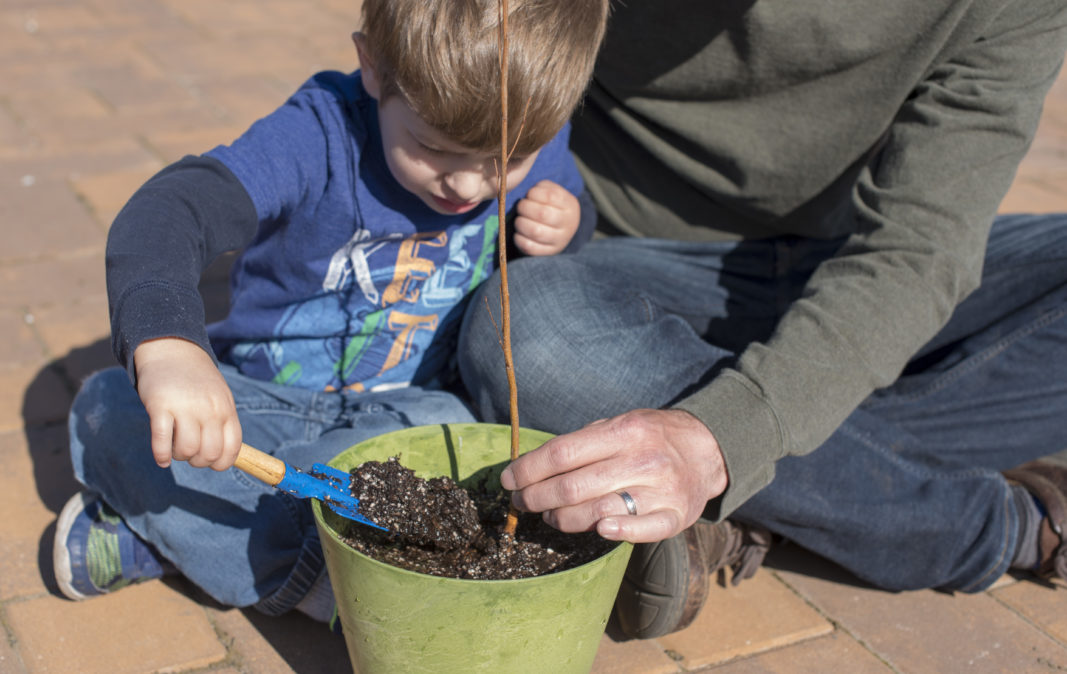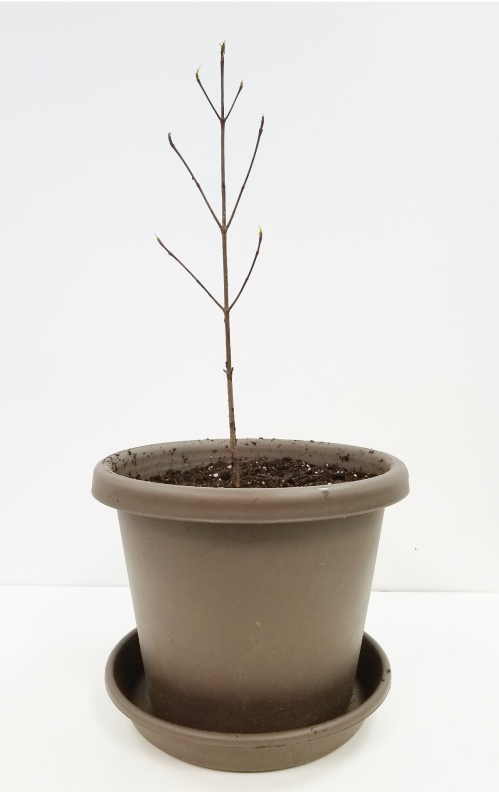Winter Family Activity: Growing Seeds
Starting seeds indoors is a wonderful way to teach your children about gardening while also providing them with a fun diversion from the cold winter weather. This simple activity can be completed with just a few supplies, and will give children a project that will last for several days or even weeks as they watch their plants sprout.
Seed Starting Supplies
- Trays with holes for drainage
- Plastic lid for trays, or plastic wrap
- Popsicle sticks for labeling seed trays
- Spray bottle
- Seed packets (for growing seeds with children, we recommend sunflowers, zinnias, beans, cucumbers or squash)
- Seed starting media (we recommend Espoma Organic Seed Starter for an children’s activity)
Step 1: Select Your Seeds
Some seeds are more suited to growing with children than others. You can select just about any vegetable or flower that you want for this project, but sunflowers, zinnias, beans, cucumbers, and watermelon are a few favorites that are easy to grow. If you are planning to plant these seeds outdoors after they sprout, check the last frost date for your region and plant your seeds so that they are ready to plant outdoors at the right time.
Step 2: Sow
Place your seed starting medium in a bucket and add water to moisten it until the soil has a crumbly texture. Fill your seed trays with soil, pressing down on the soil gently to eliminate air gaps. Insert your finger into the soil at a depth of two to three times the thickness of the seed in a few places in each seed tray cell to make holes. Place a seed in each hole. Once you place all of your seeds, cover them with seed starting media, then mist with water. As soon as you finish one type of seed, label the tray with the plant name and date using your popsicle sticks.
Step 3: Light
Cover your tray with the plastic wrap or the tray lid and set it under the light source or in an east or south facing window. For best growth, your seedlings will need at least 12 hours of light per day.
Step 4: Water
If you are using a grow light, place it a few inches above the seeds and raise it as they mature. Check your seed trays for moisture daily and keep the soil evenly moist using your spray bottle.
Step 5: Observe
Watch how your seeds grow by checking them every day and taking a photo or drawing a picture of what your seeds look like.


